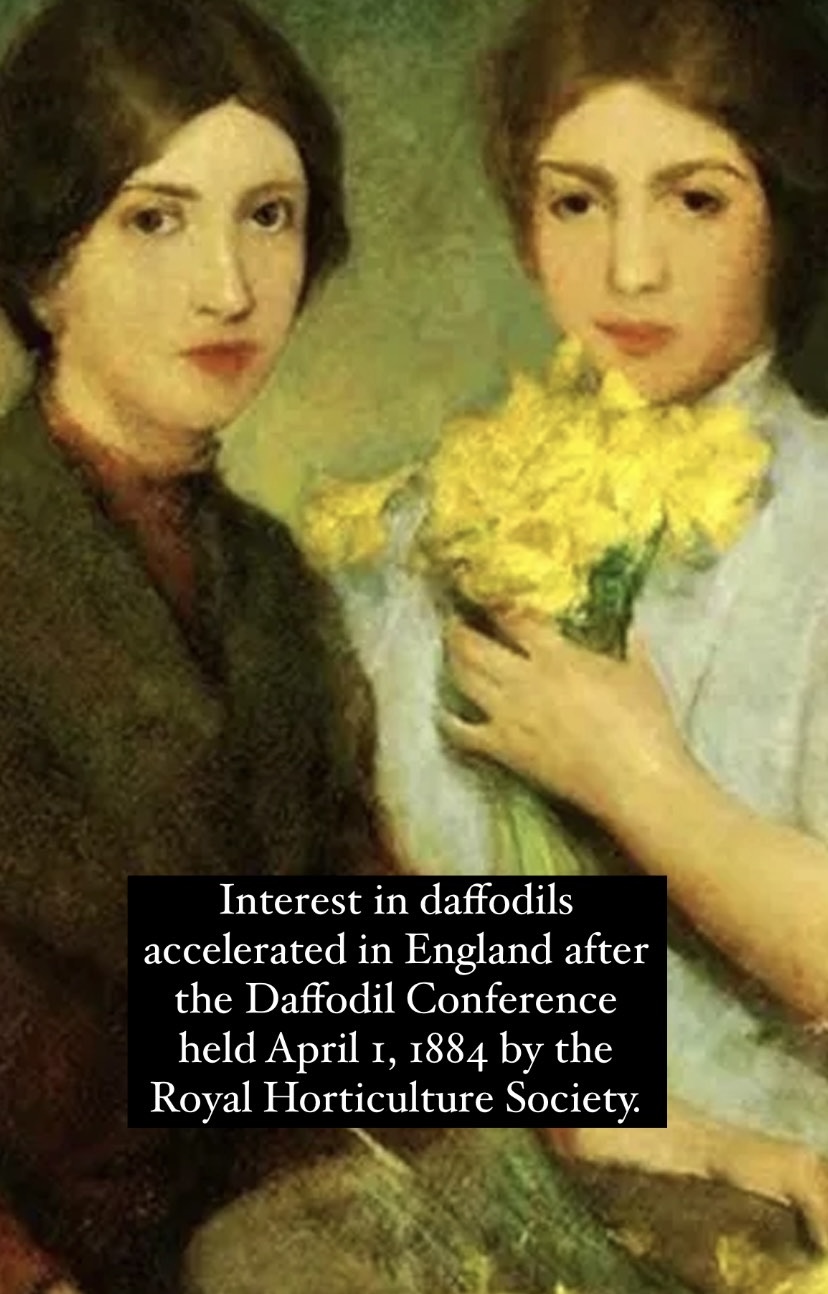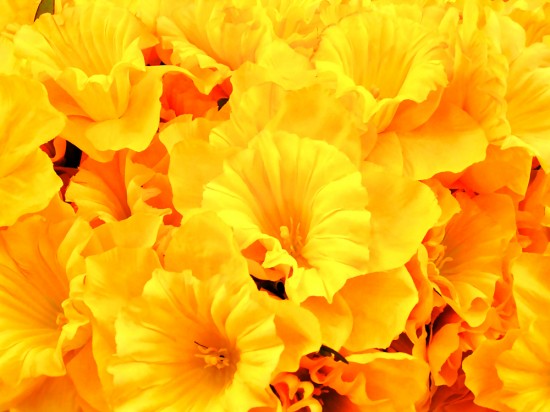Peter Barr – The Man They Called the Daffodil King
One of my favorite Spring flowers is the daffodil. This happy yellow flower is loved by gardeners everywhere. It’s hard to imagine a time when daffodils fell out of favor.
During the mid-Victorian period, daffodils weren’t considered fashionable. No one understands why. There’s one theory that Victorian gardeners were a bit snobbish and the daffodil was considered too “easy” to grow. Another theory claims yellow was an unfashionable color.
Thankfully, Peter Barr was not a slave to fashion.
Peter Barr (1826 – 1909) was destined for the weaving trade, but he had a passion for flowers and became a seedsman instead. He started his own business in 1861 called Barr and Sons. They were seed merchants and bulb growers with a shop in Covent Gardens, London and a nursery at Tooting.
Barr’s enthusiasm for daffodils began after reading a catalog written in 1629 by John Parkinson titled Paradisus Terrestris. The catalog lists nearly a hundred different varieties of daffodils. When Barr realized that many of the daffodils in the catalog were missing, he made it his mission to find them and in doing so, ignited an obsession!
Title Page Paradisi in Sole Paradisus Terrestris, Library of Congress
Barr purchased the daffodil collections of two famous breeders, Mr. Backhouse and Mr. Leeds, after their deaths. He explained in a newspaper interview that he didn’t create the daffodil, but he came into possession of the only two collections in the world at that period and worked those collections into form. He named and classified the collections and essentially rescued the daffodil after it fell out of favor in the mid-Victorian period.

The botanical image above is taken from the 1851 edition of The Gardener’s Magazine of Botany, Horticulture, Floriculture, and Natural Science. The accompanying text reads, “The fine varieties of Narcissus represented in the accompanying plate are seedlings raised by E. Leeds, Esq., of St. Ann’s, Manchester, a gentleman who has been for many years engaged in the cross-breeding of this tribe of plants, and who has originated many distinct and beautiful varieties.”
A second botanical plate from The Gardener’s Magazine of Botany, Horticulture, Floriculture, and Natural Science of 1851 again showing examples of E. Leeds’ daffodil seedlings.
Interest in daffodils accelerated in England after the Daffodil Conference held April 1, 1884, by the Royal Horticulture Society. This event, more than anything, is credited with renewing interest in the daffodil.
PAINTING BY CHARLES WEBSTER HAWTHORNE (1872-1930) TITLED “DAFFODILS”
Within 12 months of that event, Peter Barr arranged the known varieties of daffodils into a systematic order, and his company, in conjunction with Mr. F. W. Burbidge, published Ye Narcissus or Daffodyl Flowere: Containing hys Historie and Culture and Mr. W. Baylor Hartland of Cork issued the first catalog ever published that was devoted entirely to daffodils.
Barr became a tireless promoter of daffodils. He spent his life traveling to Spain and Portugal looking for new varieties. After Barr retired from business in 1896, he embarked on a world tour, lecturing about daffodils.
Thankfully, his enthusiasm was contagious. How can you look at this flower and not fall in love?
SOURCES:
DAFFODIL IMAGES FROM MORGUEFILE.COM
HAWERVA & NORMANDY STAR, VOL. LVIII, 18 NOV 1909, P.2.
THE GARDENER’S MAGAZINE OF BOTANY, HORTICULTURE, FLORICULTURE, AND NATURAL SCIENCE (1851), MOORE, THOMAS, AYRES, WILLIAM, P.
























